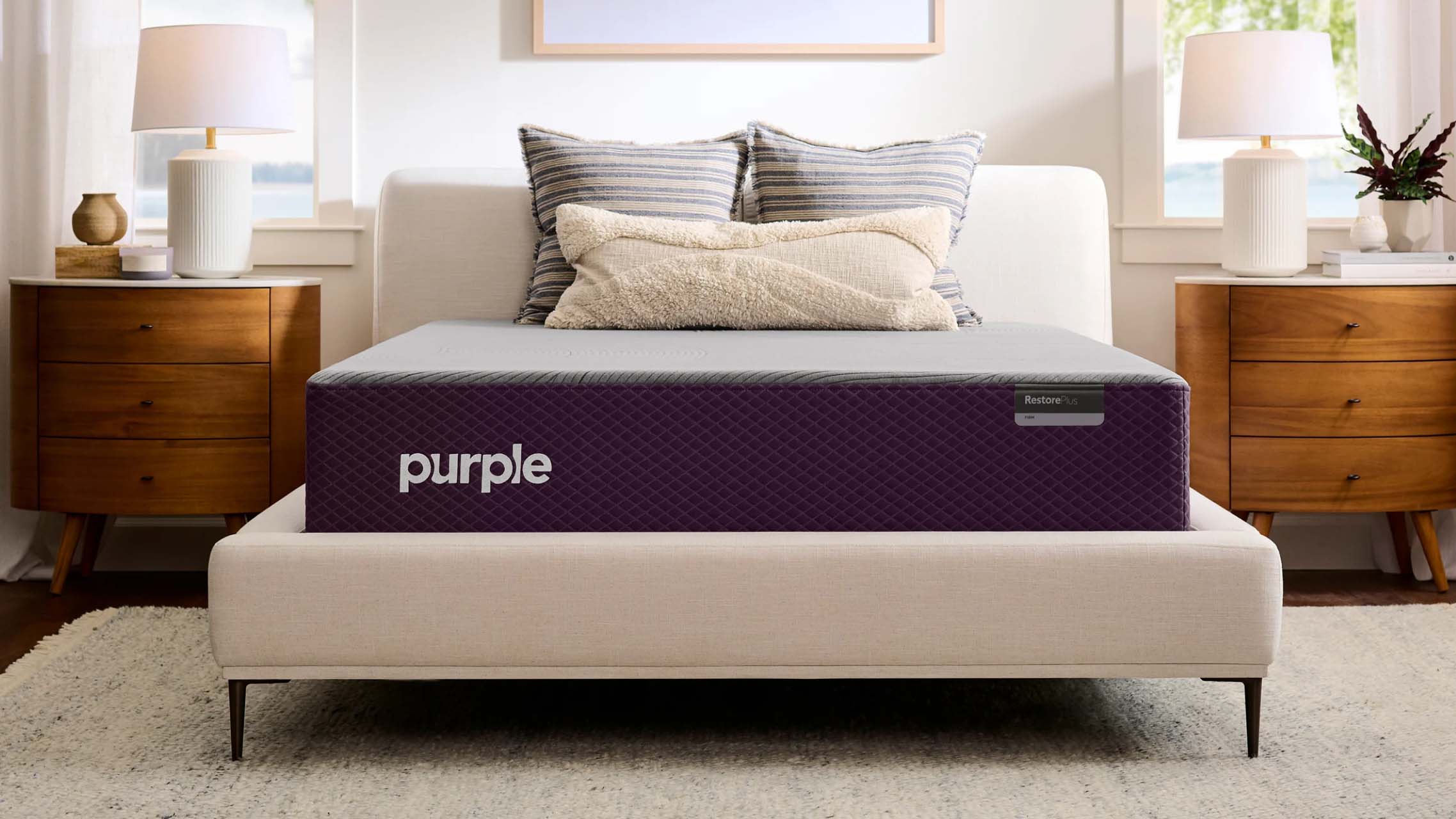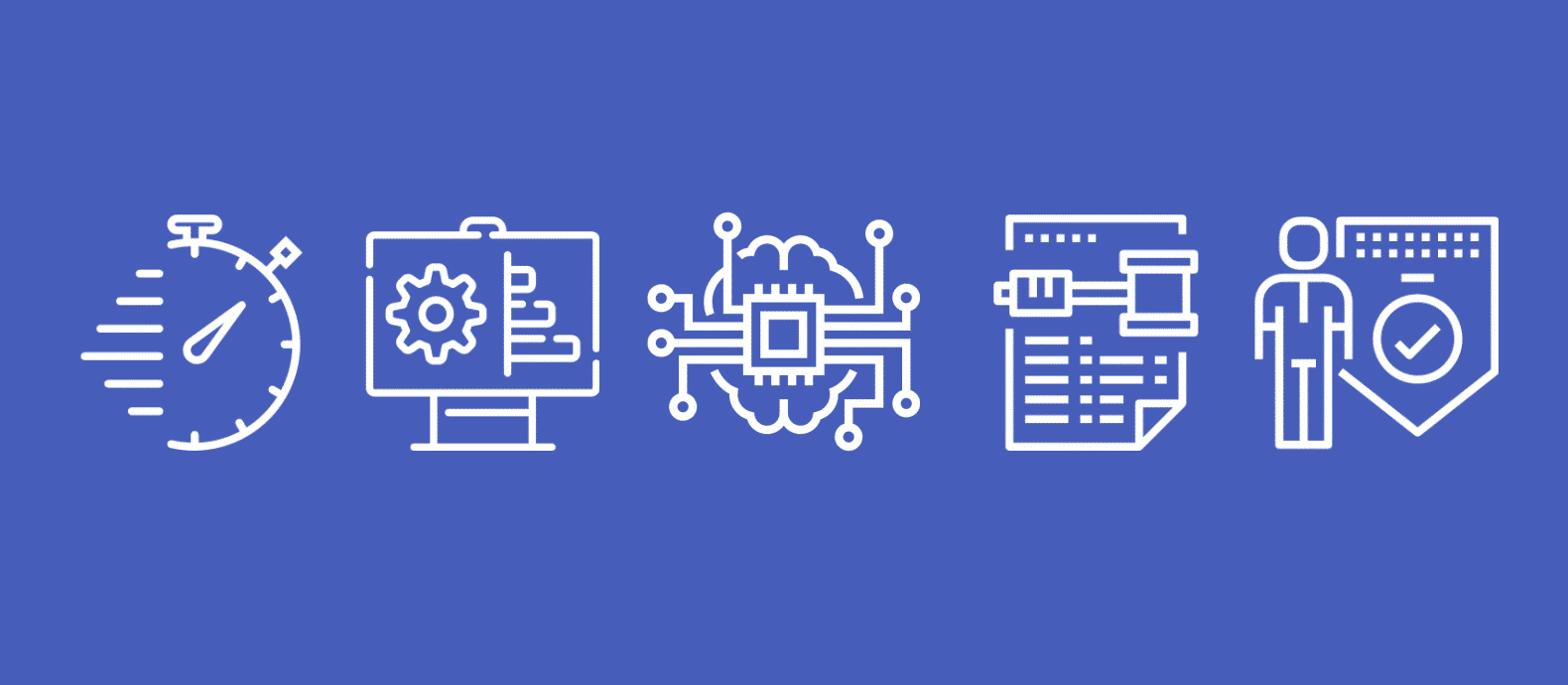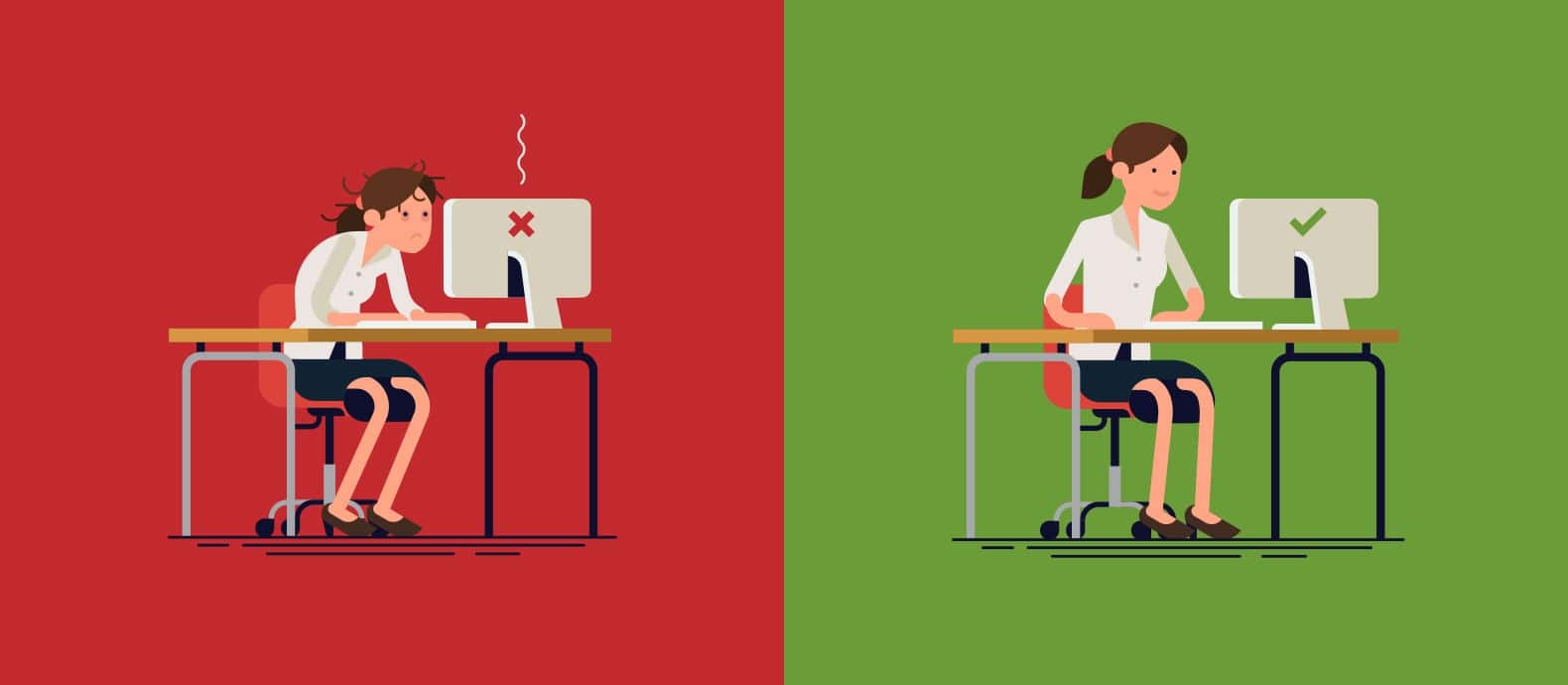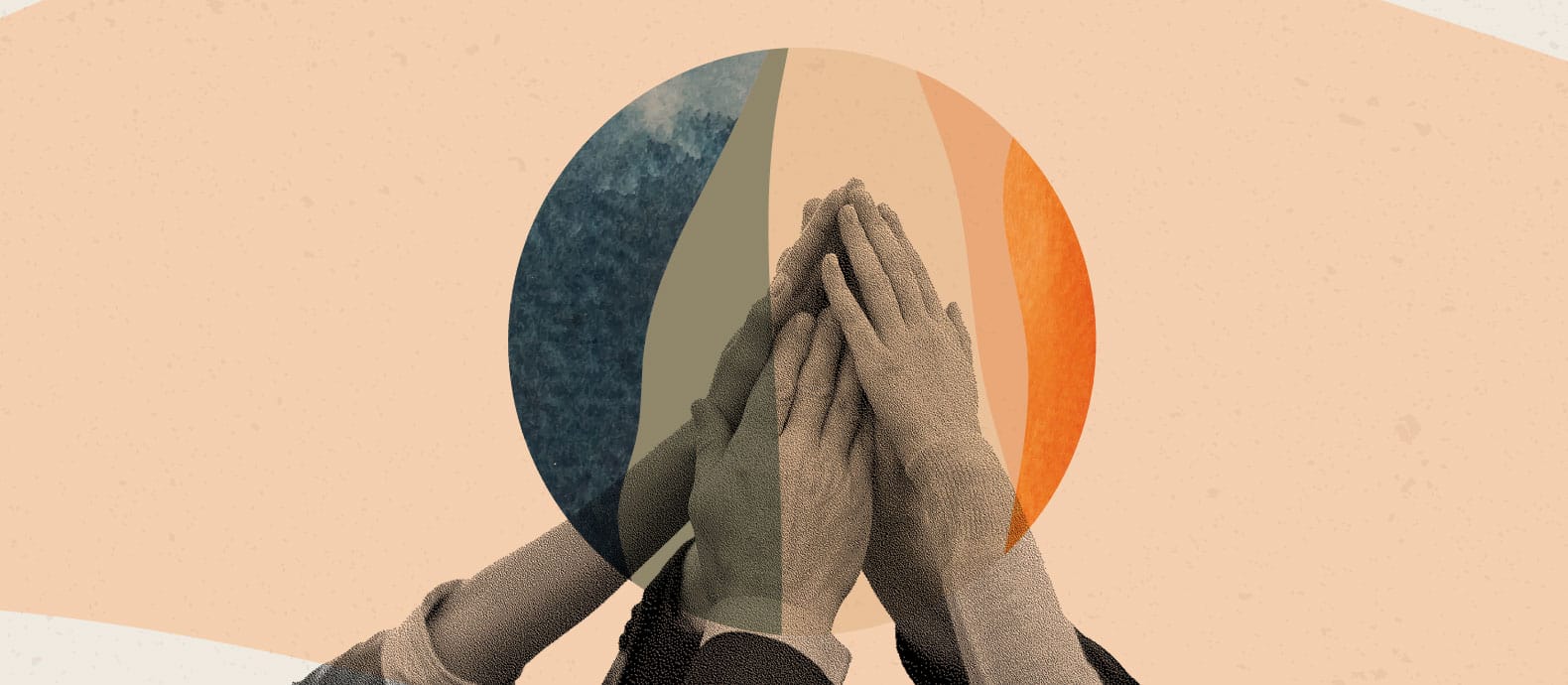With an average of 97 cybercrime victims every hour, brands today face an increasing threat from scammers, counterfeiters, and fraudsters. Whether it’s fake listings on marketplaces, unauthorized sellers on social media, or trademark infringements on search engines, bad actors are constantly finding new ways to exploit brands.
As ecommerce continues to grow, brand protection is no longer optional—it’s a necessity. But not all brand protection solutions are created equal. Some focus on legal enforcement, while others leverage AI and automation to detect and remove infringements at scale.
So, how do you choose the right solution for your brand?
This guide will help you understand:
- What a brand protection solution does and why it matters.
- Why choosing the right provider is crucial for long-term protection.
- The key factors and metrics to evaluate before making a decision.
By the end, you’ll have a clear framework for selecting a brand protection solution that fits your needs—helping you protect your brand’s reputation, revenue, and customers.
What is a brand protection solution?
Brand protection is a way to guard against scammers and protect yourself from brand infringement. Bad actors may try to infringe on your brand by illegally using your intellectual property (IP), brand name, or assets. You need a way to prevent this and that’s where ecommerce brand protection solutions come in.
Brand protection solutions are usually all-in-one packages to help you protect your brand online. Often they will use several strategies such as detection, validation, enforcement, and reporting to ensure that your brand and IP are fully protected from threats.
Why is having a brand protection solution important?
To consumers, seeing a brand’s counterfeits on marketplaces is a warning sign. 40% of consumers think the original brands are responsible for taking counterfeit toys off online channels. Any company with a strong brand, individual design, or original product now has to protect their business from Intellectual property infringements.
Many services offer a wide range of protection, from multinational protection services to traditional legal firms or smaller tech-based solutions. Whether you are choosing a tech or traditional-based solution for your brand there are some key factors to consider before you select your solution.
The right retail brand protection service will prevent and respond to any cases of unauthorized trademark use and illicit retail, of either genuine or counterfeit products. It, therefore, protects your brand from loss of revenue, declining sales, and crucial damage to brand equity.
9 key metrics to consider when choosing a brand protection solution
1. Detection at scale
You want all of your budgets spent wisely and efficiently, so when you realize that your products are being targeted by infringers and you want to find a solution to protect your brand, the best and first thing to do is always to understand the scale of the infringements – Do you have only one counterfeit incident or you are aware of the piracy over a few sites already, and there might be more? Is the brand protection solution scalable according to the type and size of incidents that you have? A qualified brand protection solution for ecommerce should be capable of auditing and assessing the current risk your brand is facing and offer a corresponding solution.
The best digital risk protection providers offer:
- 24/7 detection without caps that would leave you exposed
- Comprehensive infringement coverage to detect trademark, patent, copyright, gray market, and EULA infringements through both text and computer vision
- Deep web detection to uncover infringers on non-indexed sites
- Automated channel monitoring across ecommerce marketplaces, social media, ads, standalone sites, and more
- Detection strategies that combine brand keywords with machine learning and computer vision
- Regular audits to maintain the correct scope of defense
2. Prediction and prioritization
A good brand protection solution will prioritize and deal with the most damaging infringers first as well as provide brands with data and insights relating to the most critical infringements.
Armed with this data brands can see the scams that are most impactful to both its revenue and reputation. Prioritizing these threats by tackling the most damaging ones first and leaving the relatively trivial matters to the end can go a long way in making a brand protection strategy more efficient.
The best platforms combine personalized AI models to predict infringements before they escalate. Seller risk scores separate legitimate sellers from threats and inform prioritization rules to maintain accuracy.
Auto-learning
Technology is ever-evolving, and so are counterfeiters as they attempt to avoid detection. Does the solution you are checking learn from its search results? Innovation is a must in the digital global counterfeit industry, staying up-to-date with keywords that identify future threats to your brand, and using given data to customize the service delivered keeps you winning ahead of cyber criminals. Brands that do anti-counterfeiting rights constantly work to adapt and integrate new technologies to remain one step ahead of counterfeiters.
Efficiency
Whilst a long-term solution should be the absolute priority (see our webinar on how to stop repeating IP offenders), speed in removing infringements is crucial in a brand protection solution, to stop the effects of counterfeiting and regain brand control. A reliable brand protection service will advertise their rates of removal, and you should pay attention to the ratio of detections to eliminations and the average time from detection to the removal of infringements. Efficiency rates can be increased with automated tech but also through industry relationships which ensure that ISPs and marketplaces prioritize requests for rapid takedowns.
3. Enforcement reach
Depending on whether you are looking to resolve a single case or deal with multiple or you are looking for continued protection after the audit, will affect whether this is a relevant consideration for you. Technology has allowed for an increasing number of platforms and methods of brand infringement – from counterfeit goods sold over social media to search engines leading consumers to fake websites, and counterfeits are even being sold on apps like WhatsApp and Wallapop. Cybersquatting diverts traffic away from your brand’s website, threatening both businesses and consumers whilst surrendering control of trademarks.
If your business is seeking to solve multiple cases of IP infringement and monitor the brand continuously, then the search capacity of the service will be extremely important. Most legal firms do not employ technology-based scans unless stated, and so they rely on manual searches. However, not all tech solutions are created equal, it’s important to know whether your solution (tech or not) will be searching only top marketplaces, such as Amazon and eBay, or if it will be able to scan over the entire web.
Industry-leading brand protection services should offer:
- Unlimited enforcements: You get constant protection that applies even during spikes of counterfeit or fraud activity.
- Priority partnerships: Longstanding brand protection services partner with key platforms to expedite enforcement at scale.
- Brand advocacy: Industry leaders drive awareness and participate in regulatory discussions.
4. Success rate and innovation
How successful has the brand protection solution been for other brands? This is a question to ask before investing fully in any particular solution. In general, you should expect success rates of above 80%, with at maximum a three-day window for the successful removal of infringements.
Success rate is a key metric. All good brand protection solutions should display their success rate somewhere on their product page or in client case studies. Anything below 80% is usually not worth your time or money. Anything above 90% is excellent and will provide you with a clear indication that their brand protection solution is a seriously effective tool.
The best brand protection solutions also employ feedback loops to drive unique innovation. You should ask about recent advancements and roadmap plans to get a sense of a provider’s market position.
5. Industry expertise
Some degree of human analysis is a good idea, as no matter how many tasks technology can automate, it can’t (yet) replicate years of industry experience. Expert analysts can direct the technology and predict new trends, whilst an in-house legal team can assist with any extrajudicial actions required, such as those involved in taking down a fake website. Besides, anyone who’s ever gone through the pain of automated customer service will agree that it’s nice to have a knowledgeable human to speak to in a time of need.
Leading brand protection providers will offer dedicated customer success managers to support you every step of the way. They can provide tailored insights based on your campaigns and help you understand the data.
6. Zero gap migration
Can you connect your current brand intelligence tools with the new brand protection software without issues? Tools and solutions are often best utilized alongside other smart tools. While solutions can function fine in isolation, it is usually more convenient for brands if they can have a whole suite of solutions that work well together.
Zero gap migration is a metric you can use to evaluate how well a brand protection software may pair with your already existing brand intelligence tools. If you don’t have any such tools then you have nothing to worry about. However, many of the best brand protection solutions will be configured to function alongside brand intelligence tools so that you can comprehensively and flexibly manage your online brand experience.
7. Reporting
Arguably the most important factor, as this is the evidence of the work completed. Most brand protection solutions offer a reporting system based on an app or visual web dashboard. The software which is simple to work with and easy to understand can be a huge time saver and reduce additional training costs. A good brand protection system should do more than simply detect infringements – it should be able to report in detail and highlight websites and geographical areas of particular risk. It is important to consider whether you can access IP infringement data instantly through a portal or whether you have to wait for monthly reports. Real-time data is the desired form of reporting, as this allows you to see infringements as they are detected.
8. Return on investment (ROI)
The best brand protection solutions will allow brands to see the return on investment they receive for using a brand protection solution. Here you can calculate whether using a brand protection solution is worth your time and money. It is a key metric that may be difficult to find when using average brand protection companies. Whereas the best brand protection providers will proudly display their ROI metrics and use them as a vital selling point for their solution.
Revenue recovery
Another thing to look for from top providers is a revenue recovery program. This will involve litigation on a large scale to recover funds from different entities in the counterfeit or fraudulent supply chain. This type of offering requires a mature company as startups may not have the necessary resources.
9. Data security
Last but not least, make sure your brand protection platform provides security for your data. For example, the ISO/IEC 27001 standard defines requirements for information security management systems. Brand protection programs should carry this certification and follow industry practices to manage risks when handling your data. Complying with other regulations like the GDPR is also important.
Red Points: The solution for large-scale infringements
Red Points succeeds on all nine key metrics and can help you guard against large-scale brand infringements. Red Points has the reach, experience, and expertise necessary to monitor and takedown infringements across the web in marketplaces, search engines, apps, and social media platforms. We also offer a high degree of customization when it comes to reporting so that you can access the relevant and insightful information you need to keep your brand safe.
- High success rates – Our success rate with clients like FILA, Hugo Boss, and Lékué is over 90%. This is an indication of our commitment to providing the most effective and precise protection for your brand.
- A sophisticated system – Red Points AI Brand Protection Solution can automatically search thousands of targeted websites for keywords related to specified items and pages, where possible employing a keyword life-cycle so that the process can evolve alongside counterfeiters’ attempts to avoid detection. This should help you quickly identify the sites which pose the biggest threat to your brand.
- An extensive and potent reach – Wherever infringers are hiding we can reach them. We track counterfeiting activity across the web to make sure no scammers slip through the cracks. For example, we removed over 760,000 counterfeits of the largest sportswear manufacturer in the world, Puma that were live on several platforms.
- Custom reports and personalized insights – Red Points lets you see the results the way you want. Our tailored reports and customizable dashboards provide you with the data you need in a way that is easy to read and interpret. You set and save the filters that are most useful for you and get a complete understanding of how your investment in brand protection is working.
What’s next
Brands that allow counterfeits to go unchallenged are endangering their current brand equity, partners, and product reputation. All companies and ecommerce brands are restricted by time, budget, and resources. In finding the right brand protection solution you will also have to consider what staff time and resources you can commit to brand protection, and the costs involved in the services of brand protection software.
We have outlined 9 of the key metrics so you can evaluate for yourself which brand protection solution is right for you. To assist your search for a solution to your counterfeit problem, we offer a 15-minute assessment meeting to analyze your level of risk.
Ultimately, there are many brand protection solutions out there, but having one like Red Points, which scores highly on all the key metrics, will be vital if you want to successfully defend and grow your brand. For more details on the technology of ecommerce brand protection solutions and what are the key performance factors to look for, download our product guide.







